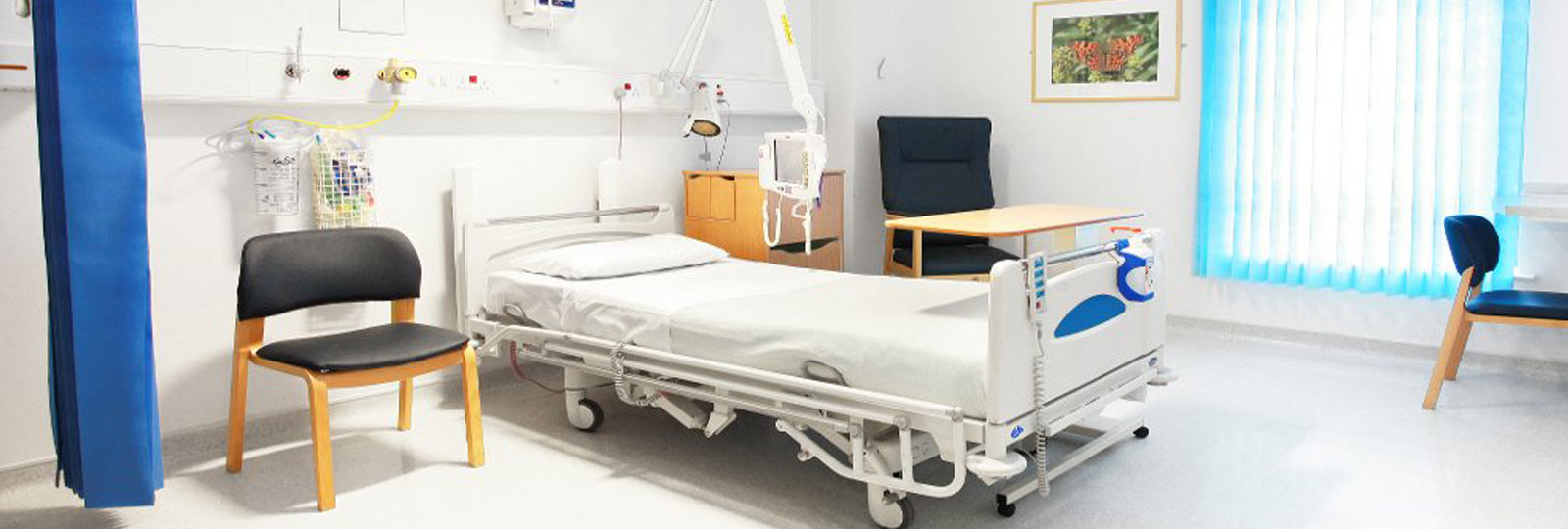
The practice of isolating infected patients dates all the way back to the 14th century, when in an effort to protect coastal cities from plague epidemics, ships arriving in Venice from infected ports were required to sit at anchor for 40 days before landing.
Today, isolation of infected patients remains an important component in preventing and controlling the spread of infection. In a healthcare environment where there is a duty of care to protect patients, staff, and members of the public, it’s non-negotiable.
But the isolation of patients in healthcare environments can be challenging, not to mention distressing for patients, their relatives, and staff, and it isn’t always appropriate or easy to achieve.
So what does best practice look like when isolating patients to prevent the spread of infection?
What are the legal requirements?
The Health and Social Care Act 2008 requires that all healthcare providers who deliver in-patient care:
- Are able to provide, or secure the provision of, adequate isolation precautions and facilities, as appropriate, sufficient to prevent or minimise the spread of infection (this may include facilities in a day care setting)
- Have policies in place for the allocation of patients to isolation facilities, based on a local risk assessment
- Ensure that they are able to provide or secure facilities to physically separate the service user from other residents in an appropriate manner in order to minimise the spread of infection
Care homes are not expected to have dedicated isolation facilities but are expected to implement isolation precautions when a service user is suspected or known to have a transmissible infection.
What are the types of isolation?
There are several categories of isolation, including:
- Source isolation – the patient is placed in a single room or side room
- Protective isolation – aims to protect an immunocompromised patient at risk of acquiring micro-organisms from the environment, other patients, staff or visitors
- Negative pressure isolation – this is commonly used for patients with airborne infections and uses a ventilation system to protect contaminated air from mixing with clean air
- Strict isolation – this is used for very rare infectious diseases and is undertaken in a designated high-security Infectious Disease Unit
- Cohort nursing – patients are isolated in cohorts according to the nature of the organism and/or the nature of their symptoms, typically when there are not sufficient single rooms to isolate individual patients
The risk assessment
There are a number of factors that must be considered before isolating a patient, and a risk assessment should be carried out by the Infection Prevention and Control Team (IP&CT), closely supported by the Nursing Staff and Bed Managers.
The factors to consider are:
The organism – What is it? How is it spread? Is it antibiotic/multi antibiotic-resistant? What are the complications of cross-infection?
Patient safety – Will the patient be safe in a single room? Do they require close observation? Are they at risk of self-harm? Will isolation impact on their rehabilitation of general care?
The facilities available – Is there a single room available? Is it in an observable area? Are there en-suite facilities? Is there a cohort ward the patient could be transferred to? Would they be safer in an open ward alongside uninfected patients?
Equipment/environmental considerations – What equipment is required? Can equipment be dedicated exclusively to the patient? What are the environmental decontamination requirements?
The isolation room
The appropriate isolation door sign must be displayed on the door, and the door should be kept closed at all time. This acts as a notice to all staff to make them aware that the room is occupied by a patient or patients with an infection so that they take the necessary precautions.
Alcohol hand rub must be available both outside the entrance to the room and inside the room, and there should also be a basin, liquid soap, paper towels and a clinical waste bin inside the room for hand washing. Ideally, the room will also have en-suite facilities.
Staff protective clothing
Staff must wear protective clothing such as gloves and an apron in order to reduce the risk of passing the infection to other patients. A mask should also be worn if the infection is likely to be spread by breathing in the germs that are causing it.
General equipment
Equipment used should be dedicated specifically to the isolated patient.
Visitors
Visitors should always check with the nurse in charge before entering the room. They will ned to clean their hands when entering and leaving the isolation room or bay, and should not sit on the bed during their visit as this could transfer germs.
Movement of patients
Patients in isolation shouldn’t wander around the ward area as this may pass on the infection to other patients. Staff in any other department visiting the isolation ward must also be informed about the infection so that they can take the relevant precautions.
Cleaning and decontamination
Environmental decontamination has an important role to play in preventing and controlling the spread of infection, as contaminated environmental surfaces contribute to the transmission of pathogens in healthcare settings.
The decontamination process should include cleaning to remove dirt, dust and soil from surfaces, as well as additional cleaning equipment or disinfectants, such as freshly prepared hypochlorite solution.
However, manual disinfection is only ever partially effective. Best practice is to use specialist automated technologies, such as hydrogen peroxide vapour or ultraviolet light, that can play a vital role in supporting the efficacy of manual cleaning practices.
All healthcare facilities have a duty of care to protect patients, staff and members of the public from the spread of infection, and the isolation of infected patients plays a critical role.
The process must be supported by clear signage on the door of isolation rooms to advise staff, patients and visitors that there is an infected patient present; the provision of protective clothing and hand wash facilities for staff and visitors; dedicated equipment for the infected patient; as well as appropriate cleaning and decontamination of isolation rooms after discharge to prevent the spread of infection to staff and future patients.





